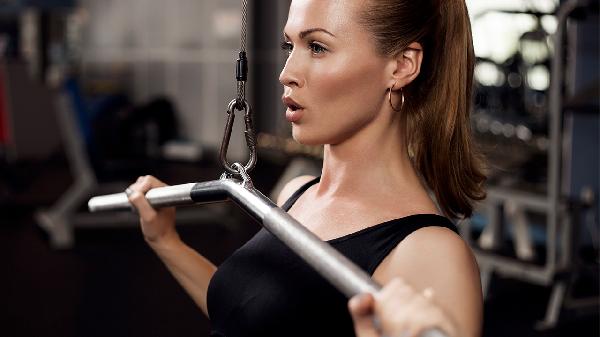Want to bench press alone but worried about safety? You’re not alone—many fitness enthusiasts face this dilemma. The good news is, with the right techniques and precautions, you can absolutely bench press solo and still crush your goals. Whether you’re a gym newbie or a seasoned lifter, these strategies will help you maximize your gains while keeping safety front and center.

First things first: your setup is everything. Start by adjusting the bench and rack to the right height. The barbell should be at a level where you can unrack it without straining your shoulders or losing stability. If you’re unsure, err on the side of caution—lower is better than higher. Next, position your body correctly. Your feet should be flat on the floor, and your back should maintain a natural arch. This isn’t just about form; it’s about safety. A solid foundation ensures you’re in control from the first rep to the last.
If your gym has a power rack or a bench with safety pins, you’re golden. These are your best friends when benching solo. Set the pins just below the lowest point the bar will reach during your lift. That way, if you fail a rep, the bar will rest on the pins instead of crushing your chest. It’s like having a built-in safety net. No safety pins? Spotter arms are another great option. They function similarly and can save you from a sticky situation. Don’t skip this step—it’s a game-changer for solo lifters.
When you’re benching alone, it’s tempting to go heavy right out of the gate. Resist that urge. Start with lighter weights to perfect your form and build confidence. Focus on controlled movements—slow and steady wins the race. Pay attention to your grip, bar path, and breathing. A proper grip ensures stability, a straight bar path reduces strain on your shoulders, and controlled breathing keeps your core engaged. Remember, it’s not about ego lifting; it’s about building strength safely.
Let’s be real: even with the best precautions, there’s a chance you might fail a rep. That’s where the “roll of shame” comes in. If you can’t complete a lift, don’t panic. Lower the bar to your chest, roll it down to your hips, and sit up. It’s not the most glamorous move, but it’s a lifesaver when you’re lifting solo. Practice this technique with lighter weights so you’re prepared if the situation arises. It’s better to roll with it than to risk injury.
If you’re still feeling uneasy about benching alone, consider switching to dumbbells. Dumbbell bench presses are a fantastic alternative that allows for greater range of motion and reduces the risk of getting stuck under a heavy barbell. Plus, they engage stabilizing muscles, giving you a more well-rounded workout. Start with lighter weights to get the hang of it, and gradually increase as you build confidence. It’s a win-win for safety and gains.
One of the most important aspects of solo benching is tuning in to your body. If something feels off, don’t push through it. Pain, discomfort, or fatigue are your body’s way of saying, “Hey, take it easy.” Respect those signals. It’s better to cut a workout short than to risk injury. Remember, fitness is a marathon, not a sprint. Consistency and safety will always trump reckless ambition.
Benching alone doesn’t have to be intimidating. With the right techniques, you can lift safely and effectively while still making serious gains. Focus on your setup, use safety equipment, and always prioritize form over weight. And hey, if you ever feel unsure, there’s no shame in asking for a spot or switching to dumbbells. At the end of the day, the goal is to build strength and confidence—safely and sustainably. So grab that barbell, trust the process, and get ready to crush your bench press goals!
























